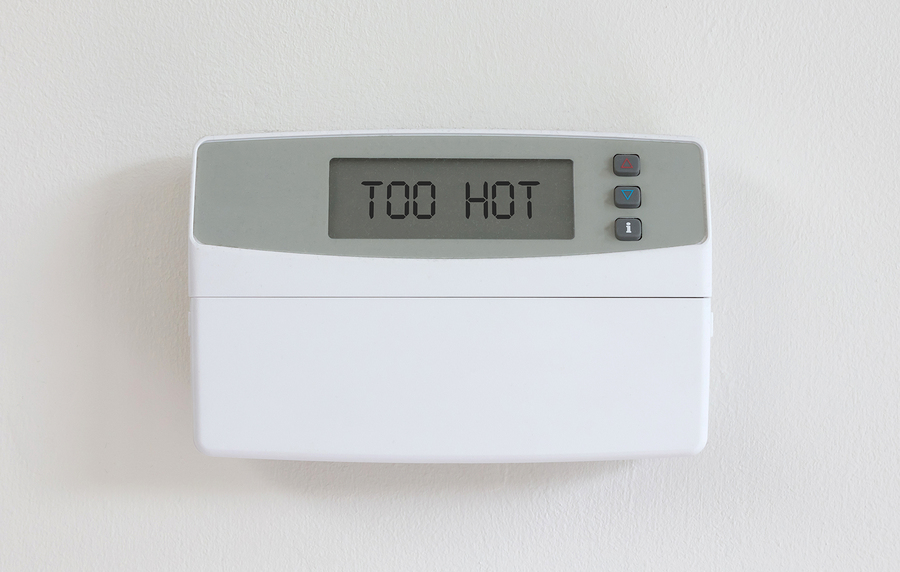Every year, sales of temperature-controlled drugs, like vaccines, make up a larger part of overall pharma industry growth. In 2016, cold-chain drugs and biologics accounted for about one-quarter of global biopharma sales. In 2022, they’re expected to increase to one-third. According to Nick Basta, editor of Pharmaceutical Commerce, “The rule of thumb for many years now has been that the sales volume of temperature-controlled products grows at twice the rate of pharma overall, and that is continuing for the near term.”
This presents a massive opportunity for companies that make these drugs. It also presents a massive challenge: managing the cold chain.
The growing demand for more temperature-sensitive products has brought intense focus on how drugmakers are monitoring and managing their cold chains. Or, rather, it has revealed how much room there is for improvement.
Earlier this year, Pelican BioThermal released the results of their 2019 Biopharma Cold Chain Logistics Survey, and let’s just say that the results were not great.
- 44.6% of respondents reported that they had multiple temperature excursions per year.
- 41% said their excursions exceeded 4°F.
In other words, nearly half of the companies reported that conditions that could damage their products happen regularly. Nearly half!
The impact of this is not small. FedEx reports that the pharma industry loses $15 billion every year because of temperature deviations. And that’s just the quantifiable financial impact. When drugs don’t work, it damages pharma companies’ reputations, not to mention the public trust. In the worst-case scenarios, temperature excursions can change something fundamental about a drug so that it actively causes harm.
Of course, there are several steps in the cold chain, and the drug manufacturers can’t control them all. But they can keep the clock from starting too early.
Henry Ames from the supply chain visibility company Sensitech explained this idea in a 2018 article in the journal Pharmacy & Therapeutics:
“…temperature management for pharmaceuticals is based on adhering to label claim throughout storage and distribution. Label claim is based on stability data, determined by the manufacturer, which sets the total time-out-of-refrigeration ‘clock’ for maximizing product efficacy. As products begin their journey through the supply chain, the manufacturer ‘starts the clock’ by shipping full trailers of the same label-claim product.”
So, what can you do to make sure you’re not starting the clock too early?
The first step is to determine if, when, and for how long temperature excursions are happening before your products leave your facility. There are many IoT-enabled temperature monitoring devices on the market that can collect this data for you — as an added bonus, most will track humidity as well.
Once you know when and where the excursions are happening, you can solve them.
For example, in vaccine manufacturing, temperature excursions of up to 48 hours are common during the labeling and inspection process. This is because cold vials need to be brought to room temperature, and that causes condensation. Before labeling and inspection can take place, the vials need to be dried to clear them of that condensation, and that can take as long as 2 days.
This is just one example. But it’s a useful one because it illustrates how the traditional way of doing things may be causing temperature excursions that don’t need to happen. By adding a vial dryer to their line, vaccine makers — and any other drugmaker using glass vials — can cut their total time-out-of-refrigeration during this process down to about 15 minutes. That effectively delays starting the clock for as long as 48 hours, which can make a huge difference down the line.
If your company is part of the 44.6%, grab some IoT temperature sensors and start tracking down the weaknesses in your cold chain now. That way, you’ll be ready to take a bite out of the growing piece of the pharmaceutical pie that’s represented by cold-chain drugs.




